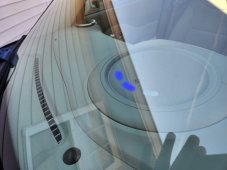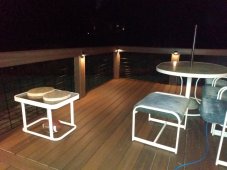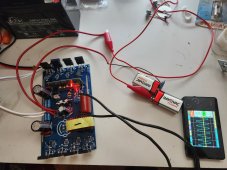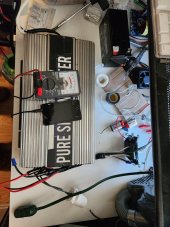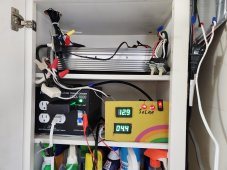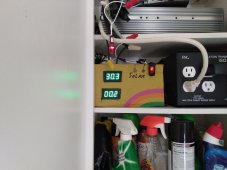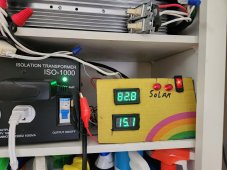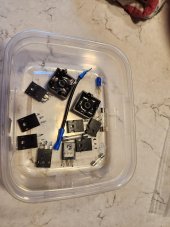Since no matter if you choose a factory assembled board or go with the one of the kit boards, some assembly and soldering will be required to make one of these power board systems.
The kit is fairly simple, reference the print on the circuit board for part direction or reference another perassembled board as I did for my first kit board. Worked first time and every time so far.
Important things to know, factory boards have an exact measurement between the FETs and work better with individual heat sinks (example picture in the very first post) new FETs you install yourself can be have the leads bent in a Z shape to assist in easy assembly into a standard inverter case heat sink. All boards will require 6 copper insulated wires about two feet long soldered to the circuitboard, two for DC power input + and -, two AC output wires hot and neutral, and two smaller wires for CPU power can be AC or DC power 12-18 volts 16 factory recommended.
Recommended low voltage testing 12-18 volts DC when building the up the power boards until you see a stable output signal from the board, solder copper wires directly to components like diodes, diode bridges and double check every connection.
Nothing should make a noise during normal operation except the fan and start up/ shut down noise of the ISO transformers.
Any hum,hiss or pop noise from the inverter case is bad news likely a bad connection but could be the result of bias damage to components, bias damage will build up a static charge to the point of shorting out the FETs or diode bridge ends with components damage and a short of the DC 180 volt buss. Depending on how the ground is connected to the power board bias damage occurs from instantaneously to a max of three days later when the sun was full on PV array and the diode bridge failed, ISO transformers prevent this mess and actually make the system preform stable across all levels of operation.
Starting at the heat sink/case apply a thin coat of thermal paste next the FET isolation pads and install the power board. Normally I temporarily put a layer of cardboard underneath the board to insure spacing, use proper hard ware and screws to snuggly attach FETs to case or heatsink. I reused the parts from the old inverter removed from the case, watch YouTube videos on inverter FET replacement to become proficient. Not hard once you see it done.
Taking a break, Lots more on this subject ?, Just review the thread and ask questions if you need help.




